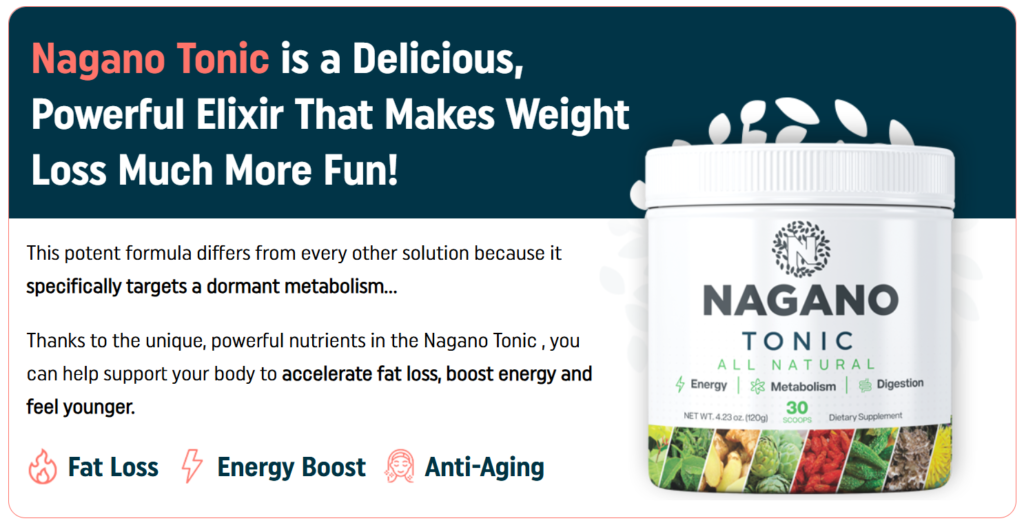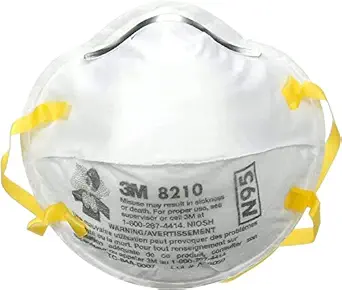Safety Talk: Concrete – Understanding Hazards and Safe Practices
Concrete is one of the most widely used construction materials in the world. Its versatility and strength make it a cornerstone of modern infrastructure, from bridges and skyscrapers to roads and homes. However, working with concrete comes with specific hazards that can pose risks to workers if not managed properly. In this comprehensive safety talk, we’ll discuss the potential dangers associated with concrete and the measures that can be taken to ensure a safe working environment.
Importance of Concrete Safety
While concrete is essential in construction, its handling requires caution. Concrete safety encompasses awareness of the physical, chemical, and environmental hazards it presents. Workers must prioritize safety to prevent injuries, illnesses, and long-term health issues. By adhering to best practices and implementing robust safety measures, companies can safeguard their employees and ensure compliance with workplace regulations.
Common Hazards of Concrete Work
Concrete work exposes workers to various hazards, which can be broadly categorized into physical, chemical, and ergonomic risks. Understanding these dangers is the first step in mitigating them.
1. Physical Hazards
- Lifting Injuries: Bags of cement and concrete forms are heavy. Improper lifting techniques can cause back strain or musculoskeletal disorders.
- Trips and Falls: Wet concrete areas or improperly stored materials can lead to slips and falls.
- Tool-Related Injuries: Equipment like mixers, saws, and drills used for concrete work can cause cuts, lacerations, or amputations.
2. Chemical Hazards
- Cement Burns: Wet concrete is highly alkaline and can cause severe skin irritation or chemical burns if proper protective equipment isn’t worn.
- Silica Dust Exposure: Cutting or grinding concrete releases crystalline silica, a hazardous substance that can lead to silicosis, a chronic lung disease.
- Respiratory Irritants: Fumes from additives, sealants, or curing compounds can cause respiratory problems.
3. Environmental Hazards
- Weather Conditions: Extreme heat or cold can affect the curing process and worker safety.
- Noise Exposure: Heavy machinery and tools generate high decibel levels, potentially leading to hearing loss.
- Prolonged Standing: Long hours on hard surfaces can cause fatigue and joint problems.
Personal Protective Equipment (PPE) for Concrete Work
PPE is a critical line of defense for workers handling concrete. Proper gear minimizes the risk of injuries and exposure to harmful substances. Here’s a breakdown of essential PPE:
1. Hand Protection
- Use alkali-resistant gloves to protect hands from cement burns and irritation.
- Ensure gloves fit snugly to maintain dexterity and comfort during tasks.
2. Eye Protection
- Wear safety goggles or face shields to prevent splashes of wet concrete or flying debris from entering the eyes.
3. Respiratory Protection
- For tasks involving silica dust, use N95 respirators or higher-rated masks to reduce inhalation risks.
4. Foot Protection
- Steel-toed boots with slip-resistant soles protect against heavy objects, wet surfaces, and sharp debris.
5. Skin Protection
- Wear long-sleeve shirts and full-length pants to reduce skin exposure to wet concrete.
- Apply barrier creams as an additional precaution against chemical irritation.
Safe Work Practices for Concrete Handling
Adopting safe work practices is essential for minimizing hazards and promoting efficiency in concrete-related tasks. Here are some guidelines for ensuring a safe working environment:
1. Mixing and Pouring
- Use mechanical mixers to reduce manual effort and minimize exposure to cement dust.
- Avoid overloading mixers or skips to prevent spillage and accidents.
- During pouring, ensure workers stay clear of the path of moving machinery.
2. Cutting and Grinding
- Use water-suppression systems or dust extraction tools to reduce silica dust generation.
- Position cutting tools at a safe angle to minimize kickback and ensure precision.
3. Curing and Finishing
- Ensure proper ventilation in enclosed areas to dissipate fumes from curing compounds.
- Avoid skin contact with wet concrete during finishing processes by using trowels or floats.
4. Material Storage
- Store cement bags and aggregates in a dry, covered area to prevent contamination and spoilage.
- Keep pathways clear to reduce trip hazards and facilitate efficient movement.
Emergency Response in Concrete Work
Accidents can happen despite preventive measures. A well-prepared emergency response plan ensures timely action to minimize harm. Here’s what workers and supervisors should do in various situations:
1. Chemical Burns
- Immediately rinse the affected area with clean water for at least 20 minutes.
- Remove contaminated clothing and apply a neutralizing agent if recommended.
- Seek medical attention for severe burns.
2. Dust Inhalation
- Move the worker to a well-ventilated area or outdoors.
- Provide a respirator or mask if the worker must remain in a dusty environment.
- Consult a medical professional if respiratory symptoms persist.
3. Eye Injuries
- Flush the eyes with an eyewash solution or clean water for at least 15 minutes.
- Do not rub the eyes, as this may worsen the injury.
- Contact an ophthalmologist for further evaluation.
Training and Awareness
A proactive approach to safety begins with education. Regular training ensures workers understand the risks associated with concrete work and the importance of following safety protocols. Key areas of focus should include:
- Hazard Recognition: Teach workers to identify risks like chemical burns, silica dust, and trip hazards.
- Proper Equipment Use: Train workers on operating mixers, grinders, and other tools safely.
- PPE Usage: Ensure employees understand the importance of wearing and maintaining their protective gear.
- Emergency Procedures: Conduct drills to familiarize workers with emergency response actions.
Regulatory Compliance for Concrete Safety
To maintain a safe working environment, companies must adhere to workplace safety standards set by regulatory bodies like OSHA (Occupational Safety and Health Administration). Key compliance areas include:
- Silica Dust Regulations: Limit worker exposure by using engineering controls and providing proper respiratory protection.
- PPE Standards: Ensure that protective equipment meets quality benchmarks and is regularly inspected.
- Workplace Inspections: Conduct regular audits to identify hazards and enforce corrective actions.
Conclusion
Concrete work is a vital component of construction, but it’s not without risks. By understanding the hazards and implementing effective safety measures, workers and employers can create a safer environment. From using appropriate PPE to adhering to regulatory standards, every step taken to prioritize safety contributes to a productive and injury-free workplace.
Remember, concrete safety isn’t just about compliance – it’s about protecting lives. Invest in training, stay informed about best practices, and maintain a culture of safety on every construction site.
Summary
This blog post covers essential topics related to concrete safety, including common hazards, personal protective equipment, safe work practices, emergency responses, training, and regulatory compliance.
“Start Your Website Journey Today – Exclusive Hostinger Discounts!”










